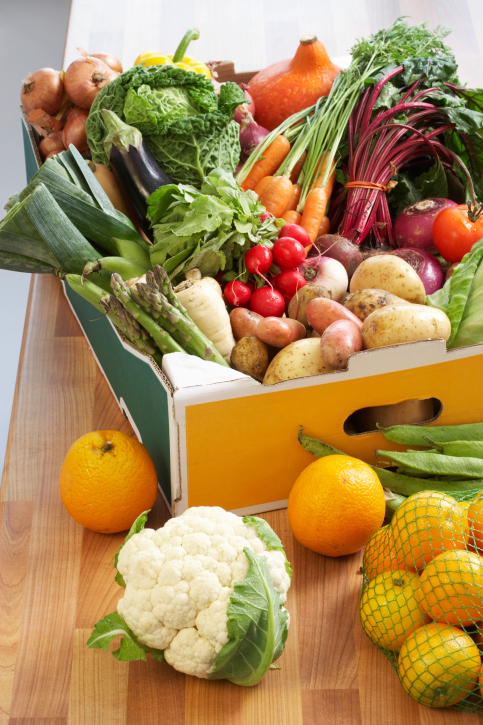Clean 15 and The Dirty Dozen

Most people have a preference as to the fruits and vegetables they like to eat, but don’t eat nearly enough veges or include enough variety. The typical veges are iceberg lettuce, tomatoes, broccoli, and green beans. Sadly, lettuce and tomatoes are #1 only because they are used on most fast-food hamburgers. Broccoli & beans are often soaked in sauces, smothered with cheese, and over cooked.
There are so many other veges available today that will help you increase your daily intake. Look especially for locally grown and in season vegetables for maximum freshness and nutrients As you expand your horizons & put more fruits and veges into your diet, you may choose to go organic. If cost is a concern, the following are the produce items that should be purchased organically because they have the heaviest pesticide load.
This list is updated yearly by the Environmental Working Group (EWG) ewg.org and can be found at foodnews.org. By using the lists as a guideline, consumers could potentially reduce pesticide exposure by almost 90%.
Here are the past top twelve “dirtiest” and the fifteen “cleanest” fruits and veges most commonly found in the market.
The dirty dozen list is laden with pesticides and other chemicals so you are best buying organic. These are: apples, peppers, blueberries, celery, grapes, cucumber, lettuce, nectarines, peaches, potatoes, strawberries, and spinach. Most of these foods are generally consumed with the skin on. Rinsing reduces but does not eliminate pesticides. Peeling helps but valuable nutrients often are lost as well. Above is the clean list: asparagus, avocado, cabbage, cantaloupe, kiwifruit, eggplant, mushroom, watermelon, grapefruit, onion, mango, peas, sweet potato, corn, and pineapple.
Why Care About Pesticides?
Small does of pesticides & other chemicals can cause lasting damage to our health, especially during fetal development and early childhood. Children are generally more sensitive to chemicals. Any allergy issues & minor behavioral complaints can clear up quickly by converting to an organic diet.
Scientist now know enough about the long-term consequences of ingesting powerful chemicals to advise that we minimize our consumption of pesticides.
What’s the Difference?
EWG research has found that people who eat the twelve most contaminated fruits and veges consume an average of ten pesticides a day. Those who eat the fifteen least contaminated, ingest fewer than two pesticides daily. The Guide helps consumers make informed choices to lower their dietary pesticide load.
The Case for Organic
Organic food is produced using farming systems that don’t rely on synthetic fertilizers, pesticides or genetic modification. This results in foods that contain a higher level of nutrients, which some people say also taste better. In non-organic produce delicate vitamins such as vitamin C are often depleted.
Eating organic should be seen as a long-term investment in your health, not a fad or a quick fix. The effects can’t always be seen immediately, but there’s evidence to show that a reduction in chemical load can assist in the prevention of certain cancers.
Get Value for Money
When it comes to buying organic, you need look no further than your local supermarket. But, while this is convenient, you can’t beat your local farmers markets for value. You can participate in local co-ops that will deliver organic veges directly to your door at a low price with high quality great fresh selections.
Another way to get organic fruit on a budget is by buying frozen. Berries are snap frozen at their freshest, so they retain their high levels of vitamins & antioxidants.







